
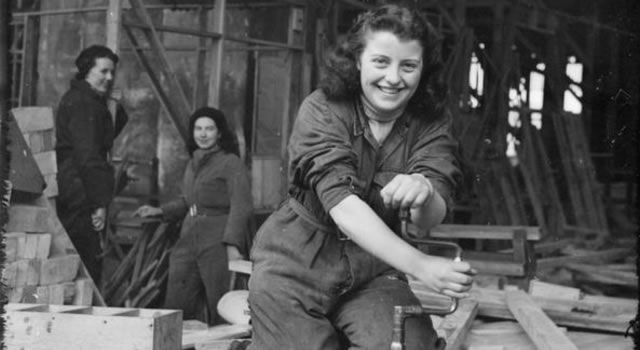
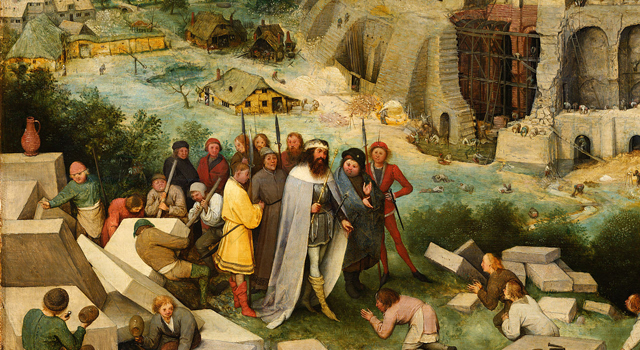
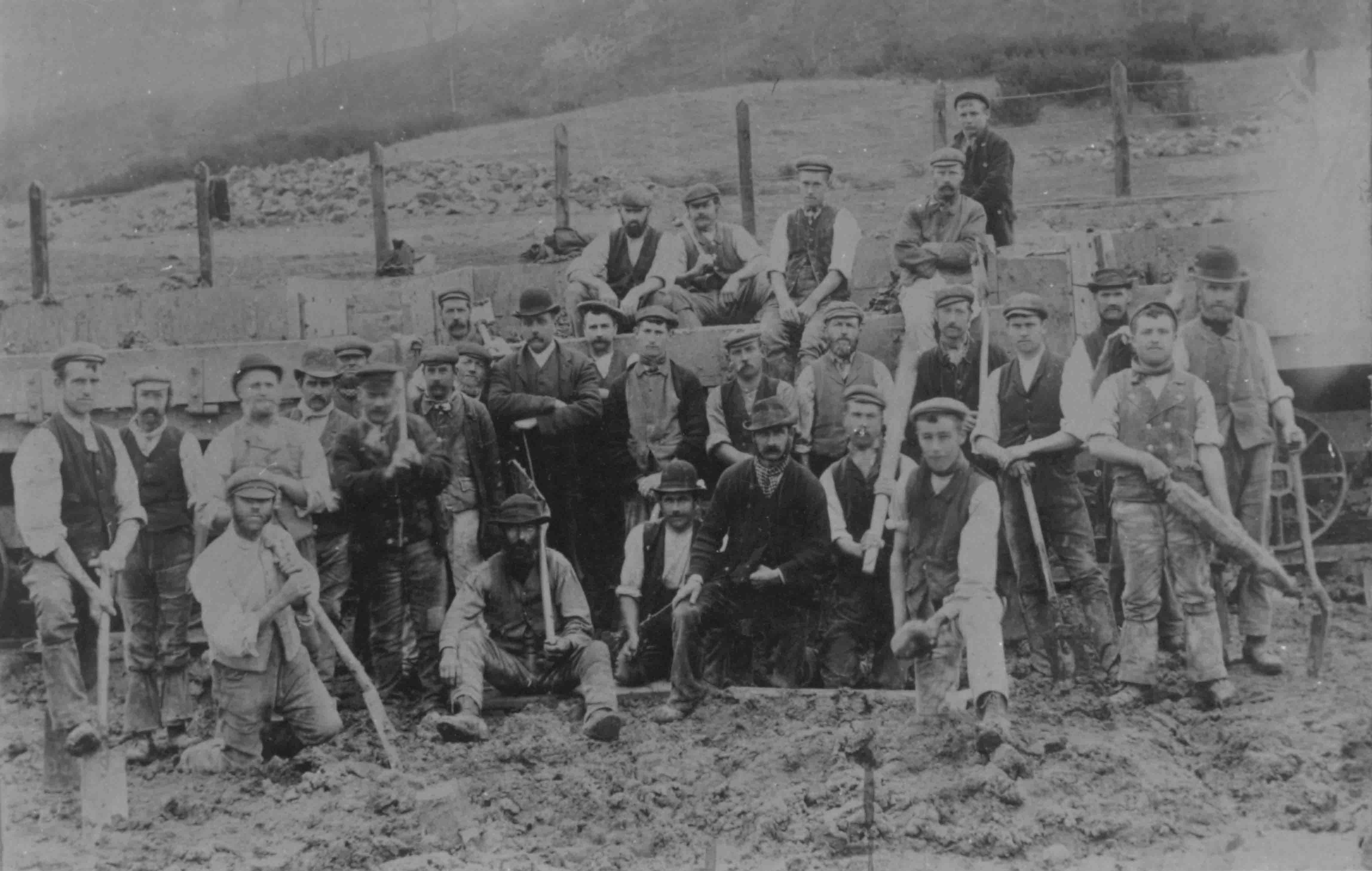
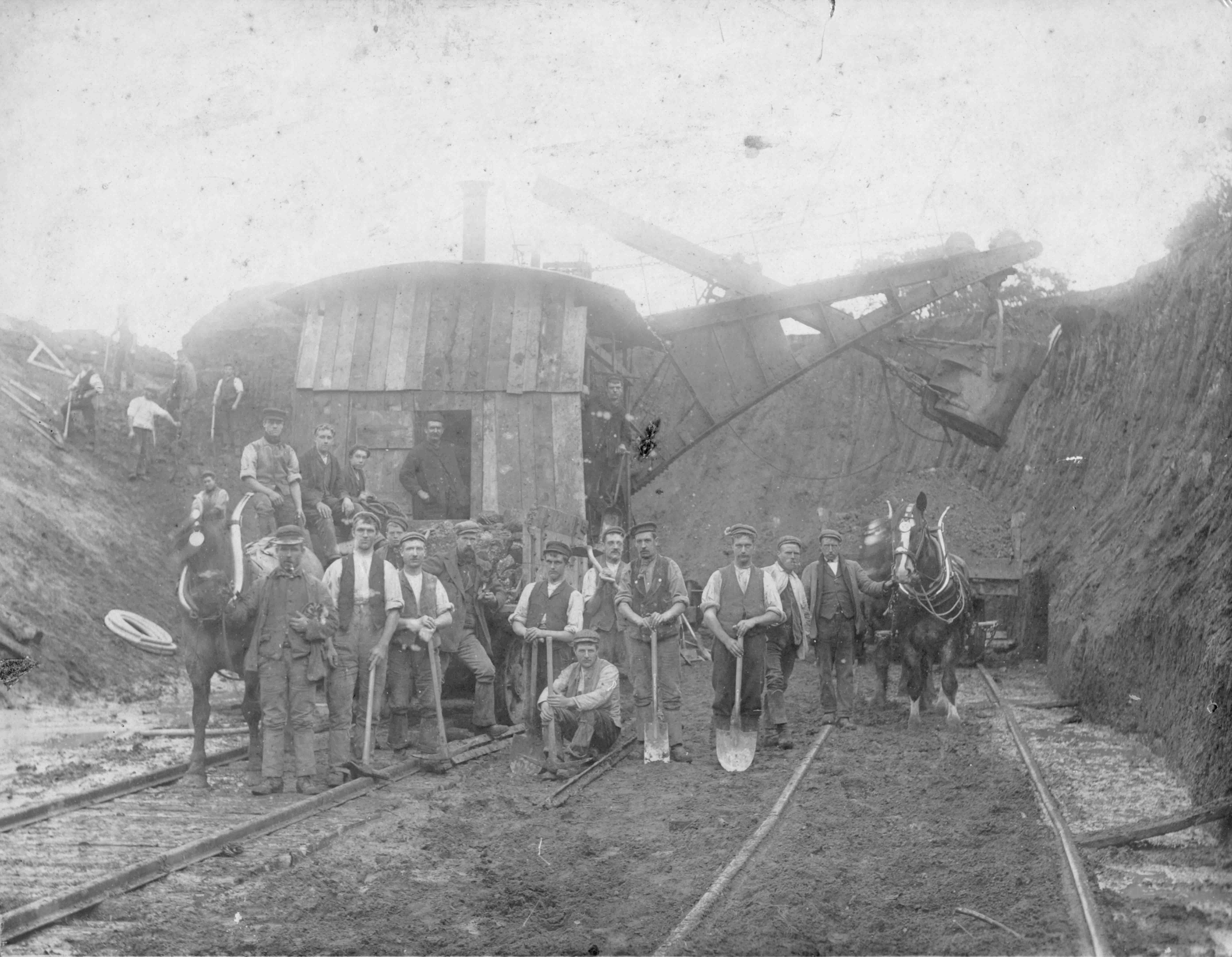

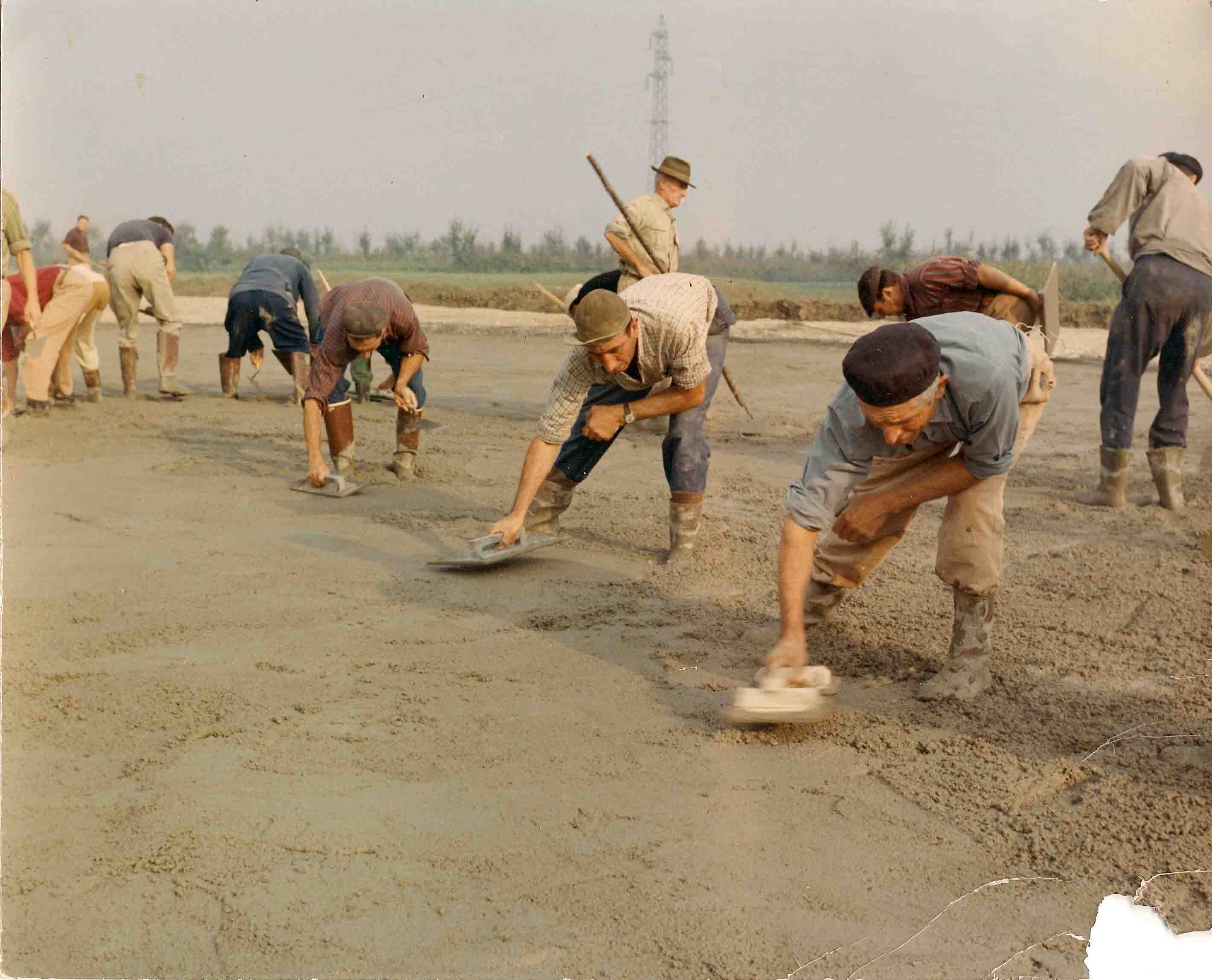
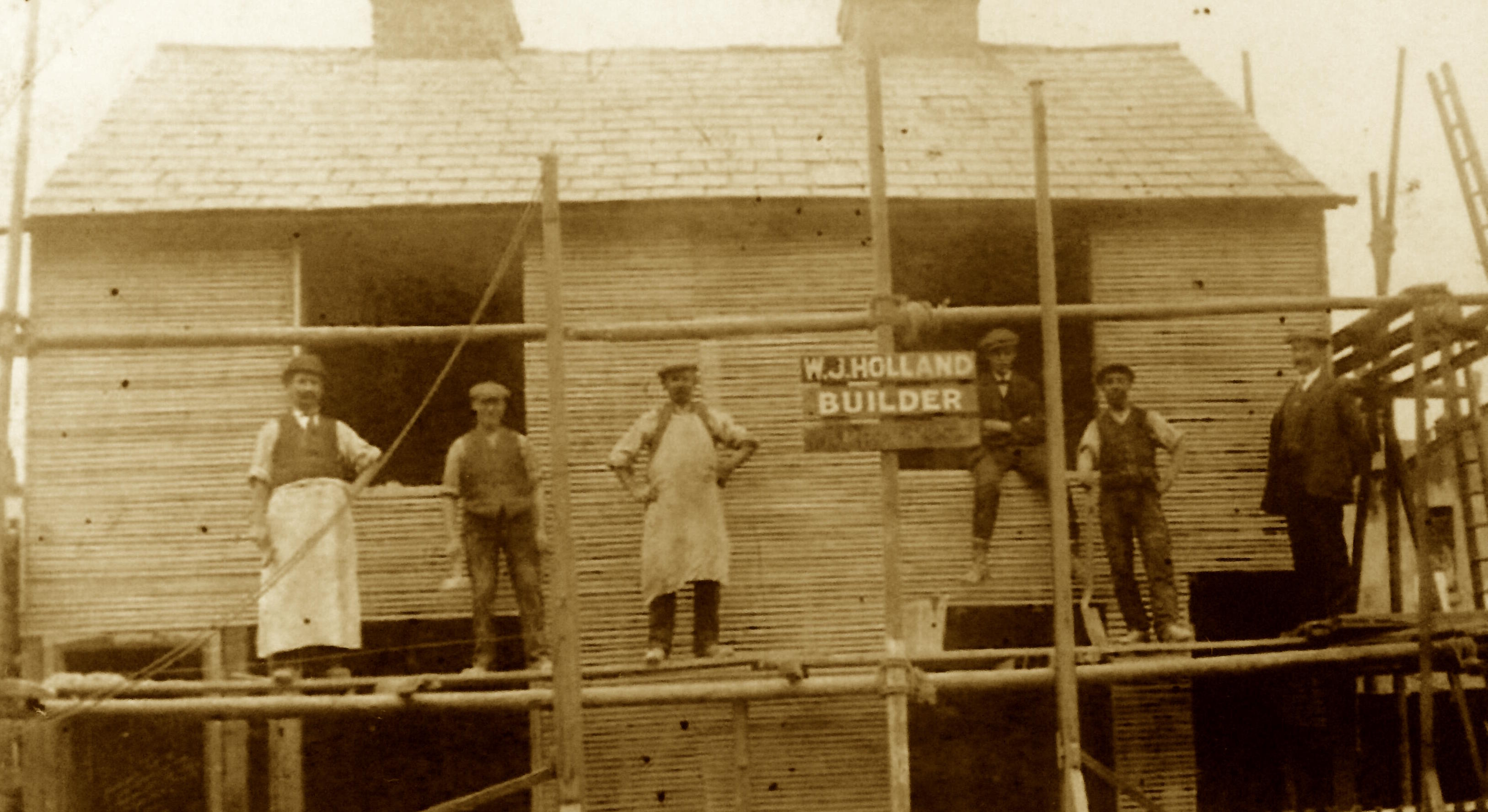
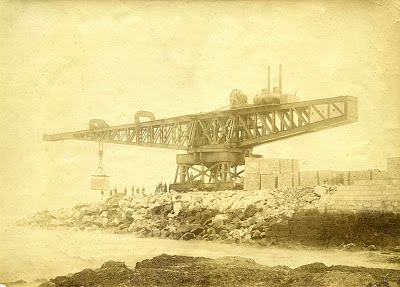
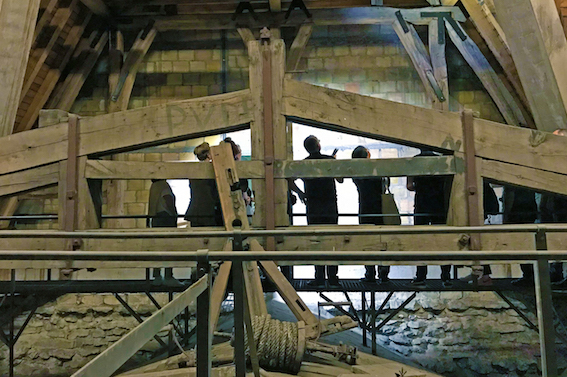
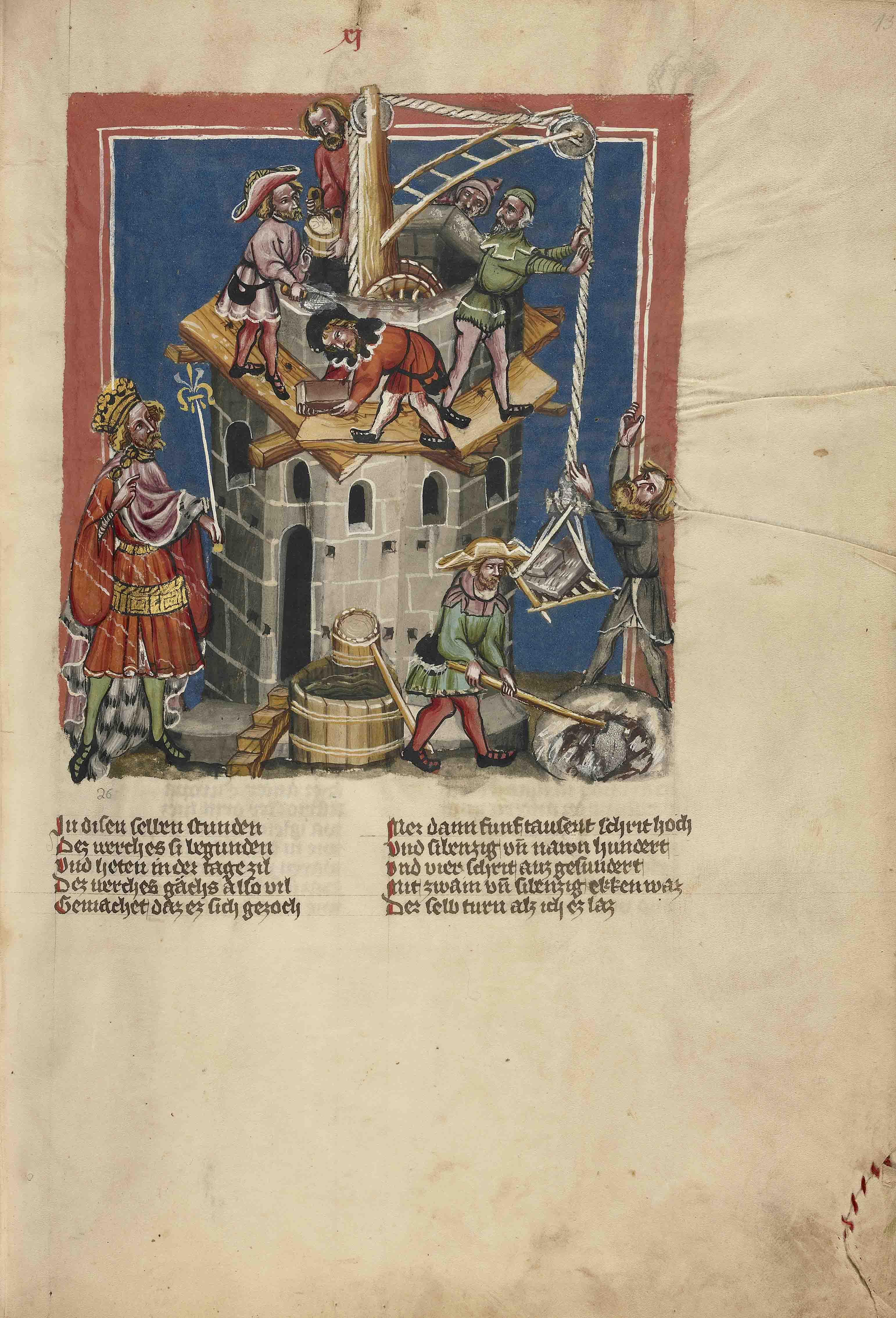
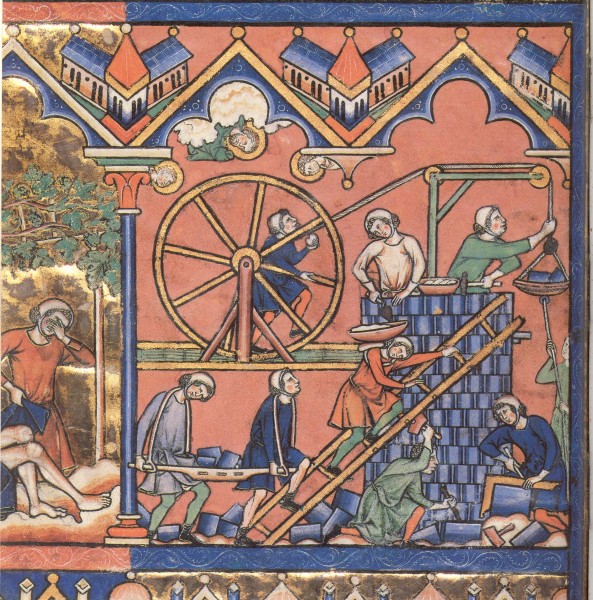
To some it might seem obvious what Construction History is. However the subject is frequently debated. Construction History is the history of how we construct the world around us. It is not restricted to buildings but also includes the construction of civil engineering and infrastructure. So it includes bridges, sewers, power stations, mills etc. as well as conventional buildings. Importantly the subject focuses on how these objects were constructed.
Construction history is thus key to understanding and dating structures. If you can show that a particular technique was used in a certain period, then you can use that information to date a building or construction or subsequent additions to a building. As most buildings are added to over time, being able to show when changes were made is fundamental to understanding how old and how significant they are.
Of course to understand the histories of techniques we also need to understand the social and economic factors that led to them. So Construction History also encompasses the development of guilds and trade bodies, contracts and accounts, methods of payment and procurement, working hours, rates of pay and conditions for workmen, and their training.
Allied to our understanding of the role and conditions of those who worked on building sites, construction history seeks to understand how people in the past thought about building technology itself. How did they calculate whether something would stand up? How did they set out buildings on the ground? Here there is a clear overlap with the history of engineering and the building professionals, including the roles of overseers, designers, architects and engineers in every period.
Construction History encompasses all periods from the various earliest signs of human activity to the very recent past, from cave dwellings to nuclear power stations. Obviously the techniques used to study these periods vary. Early buildings lack written records, so the descriptions tend to depend entirely on archaeological recording and interpretation. Later, written records can be used along with archaeological recording. In more recent periods very details accounts may survive, with drawings, models and photographs to show how building were put together and oral histories can be compiled from those who worked on them.
Anyone who studies buildings in the manner described above is acting as a construction historian, often without realising it. Field, industrial, and building archaeologists are engaged in construction history on a day-to-day basis. Architectural historians and architects working on historic buildings engage with it continuously. So do engineers and building surveyors working on existing structures. But those interested includes economic and social historians as well. There is so much left to be studied in the field that it is open for research from the professional and amateur alike. Those compiling local histories or family histories may find they have much to contribute.
Many of the people interested in construction history are also actively involved in the conservation and repair of old buildings. However Construction History is the study of the development of the building industry. There are separate journals devoted to new repair techniques. We do take articles on discoveries about construction history made when carrying out repairs and conserving buildings, but we ask that such articles carefully avoid describing repair work carried out by the authors and concentrate and on what the work can tell us about how people built in the past. We are however interested in the history of repair as that is part of the development of the history of construction. Construction history is not blind to the importance of conservation and repair work, but it is focused on establishing and studying the history of building construction and not on how buildings should be repaired. Nevertheless an understanding of construction history is vital for all those involved in the maintenance and repair of historic structures.
The pages of Construction History contain plenty of articles discussing the role of discipline and the topics that should be covered. Join the society to get access to these and help continue the debate.
Construction History Society
c/o Department of Architecture
Cambridge University, Scroope Terrace
Cambridge, CB1 1PX